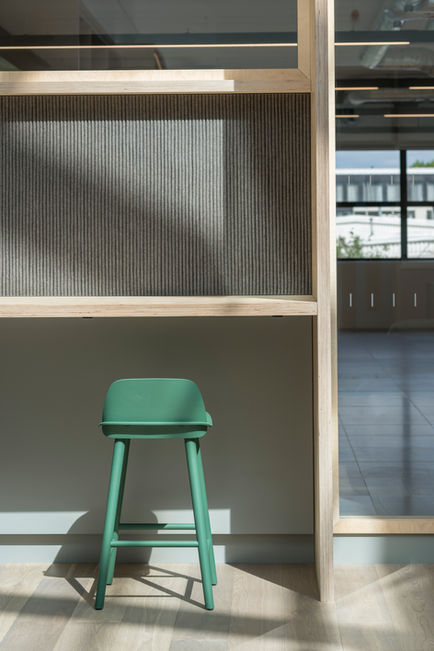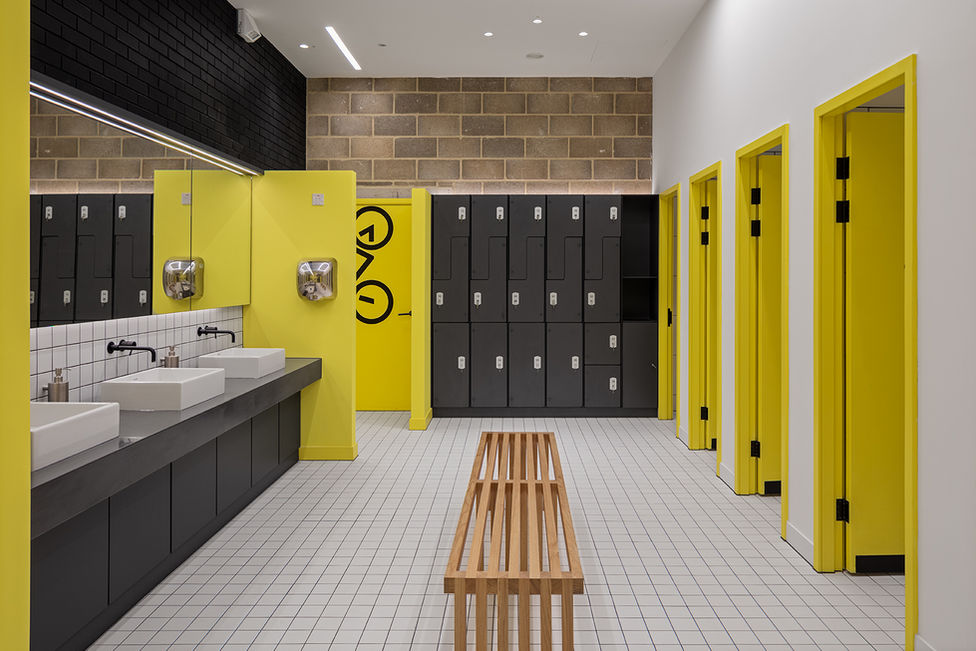272 GA
Gunnersbury / London / UK
272 GA
Gunnersbury / London / UK
Starting with an outdated, ‘un-lettable’ space, the project aimed to dramatically re-imagine the overlooked building to create a dynamic contemporary workspace featuring new roof terraces, break-out within the atrium, reception and cycling facilities.
Type
Size
Cost
Client
Photography
Full-building Commercial Retrofit
4,000 sqm
£3.5m
DTZ Investors
Luca Piffaretti
“The refurbishment works have repositioned the building by improving the quality of the communal and amenity space, creating better cycle and shower facilities and installing decking and planters on the roof to create a landscaped roof terrace”
DTZ Investors

272GA is a strategic retrofit and reactivation of a 5,000 sqm office building in Gunnersbury, West London—transforming a tired, unlettable asset into a fully occupied, desirable workplace through targeted, low-carbon interventions.
At the heart of the design is the complete reimagining of the central atrium, now a vibrant shared amenity space that fosters connection and collaboration. A new timber-framed glazed façade opens the atrium up to surrounding offices, while integrated joinery, informal meeting zones, and breakout spaces bring warmth, flexibility, and life to the core of the building.
The retrofit introduced extensive wellness and sustainability upgrades. A previously unused flat roof has been transformed into a lush roof garden, offering tenants fresh air, greenery, and a retreat from the workday. New bike storage and end-of-trip facilities encourage active travel, supporting healthier lifestyles.
The building’s thermal performance and energy efficiency were significantly improved through new low-energy MEP systems and upgrades to the building fabric—reducing operational costs and environmental impact.
Externally, the dated façade was revitalised with a bold, characterful material palette. A charred timber and pink-accented entrance redefines the street presence, signalling the building’s reinvention.
This is a clear demonstration of how intelligent, design-led retrofit can unlock hidden value—achieving full occupancy, future-ready performance, and a distinctive identity from an asset once considered commercially obsolete.





















